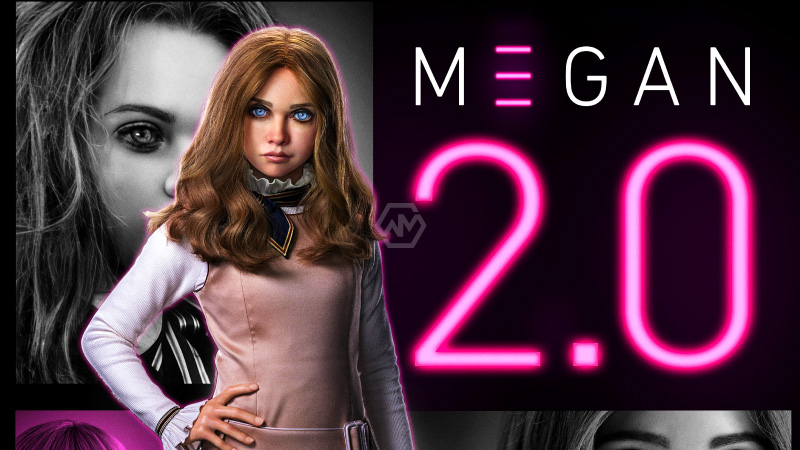- M3GAN 2.0 trades in horror for high-octane action and global stakes.
- The sequel dials up spectacle but loses much of the original’s creepy charm.
- Despite genre shifts, M3GAN remains oddly endearing, if no longer terrifying.
M3GAN 2.0 marks a drastic tonal pivot from its chilling predecessor, evolving from intimate horror into a sci-fi action spectacle. Set against a backdrop as improbable as the Turkish-Iranian border, the film feels like it’s testing the boundaries of what a killer doll franchise can be.
While the sequel boasts a sleeker aesthetic and elevated production, it falters where it matters most: character and tone. M3GAN, once unpredictable and chilling, is now a borderline superhero with quippy lines and choreographed fight scenes.
M3GAN 2.0 Shifts Gears: Slick, Loud, and Stripped of Its Scares
The opening scene of M3GAN 2.0 immediately signals change—gone is the suburban dread, replaced by desert landscapes and international drama. The setting feels oddly disconnected from the first film’s intimate stakes. It’s clear early on that this sequel wants to go bigger in every sense: bigger threat, bigger explosions, and a bigger existential message about AI ethics. However, not all expansions serve the story, often making it feel bloated rather than bold.
M3GAN’s evolution from a homicidal guardian to a morally reprogrammed hero is central to the film’s arc. Her new enemy, Amelia, represents the dark extreme of AI militarization. While the idea of “fighting fire with fire” is compelling, the film never fully confronts the complexity of trusting a known killer to save humanity. Gemma’s internal conflict over rebuilding M3GAN provides some emotional weight, but the plot moves too quickly to allow this tension to breathe.
Comedy remains a part of the formula, but the execution is uneven. The meme-worthy antics that made the first film viral—like spontaneous musical numbers—return, but they feel more obligatory than organic. A rendition of “This Woman’s Work” does bring a surprising emotional punch, though most gags fall flat. The screenplay attempts to juggle sincerity and satire but struggles to land solid punches on either front.
The action choreography is perhaps the film’s strongest upgrade. Sequences involving M3GAN in combat are slick, well-lit, and exciting, showing Johnstone’s aptitude for scale and pacing. These scenes hint at the director’s ambitions beyond the horror genre, positioning this film as a visual audition reel. Still, the polished finish can’t fully hide the narrative shortcuts and tonal confusion that keep M3GAN 2.0 from rising above franchise filler.
While M3GAN 2.0 offers moments of glossy fun, its genre switch comes at the expense of the haunting charm that made the original unforgettable.
“Technology is a useful servant but a dangerous master.” — Christian Lous Lange



